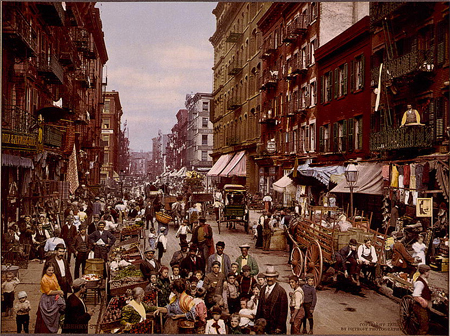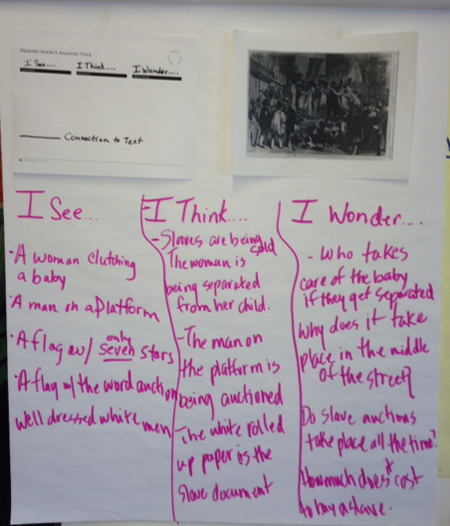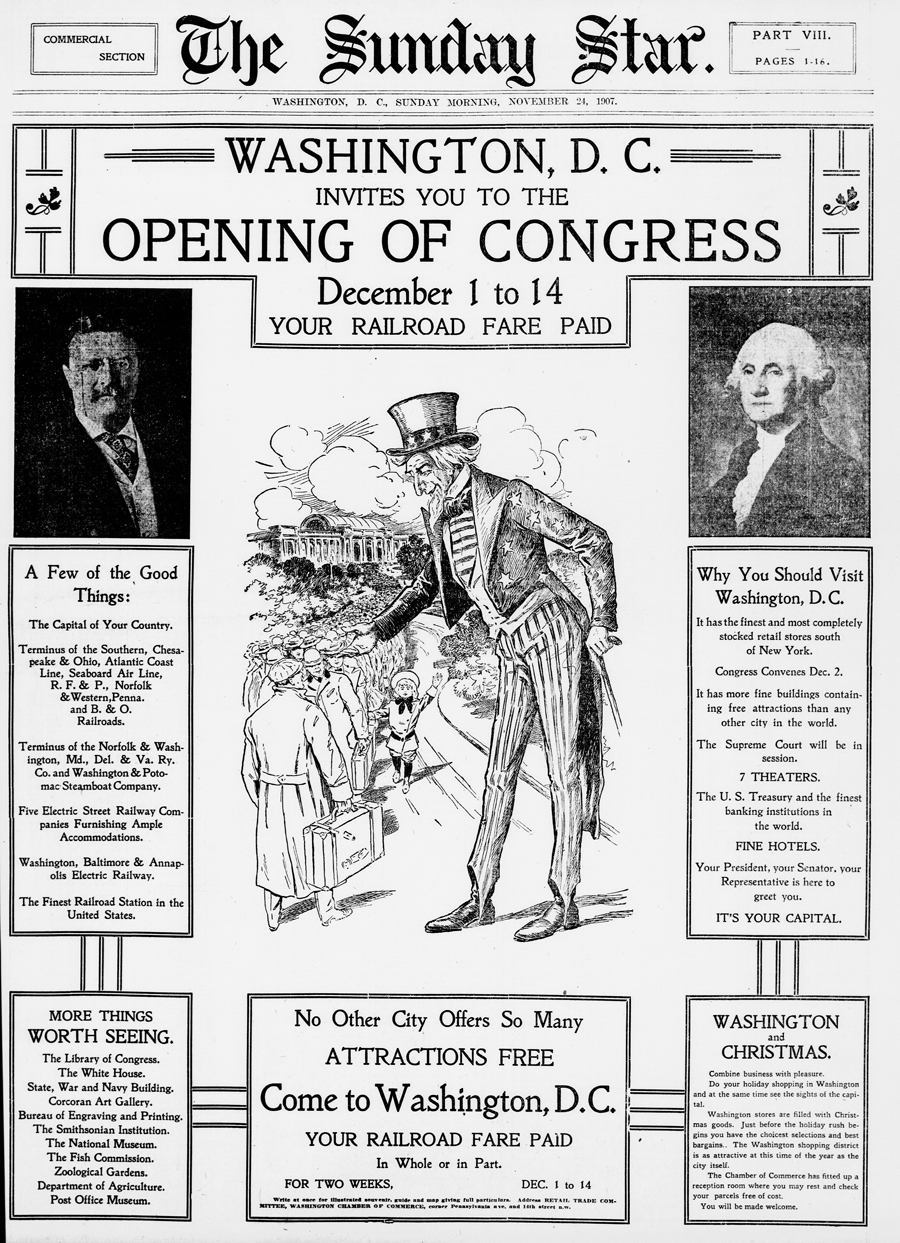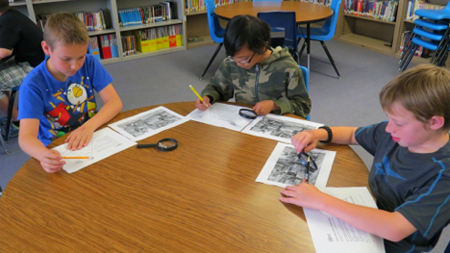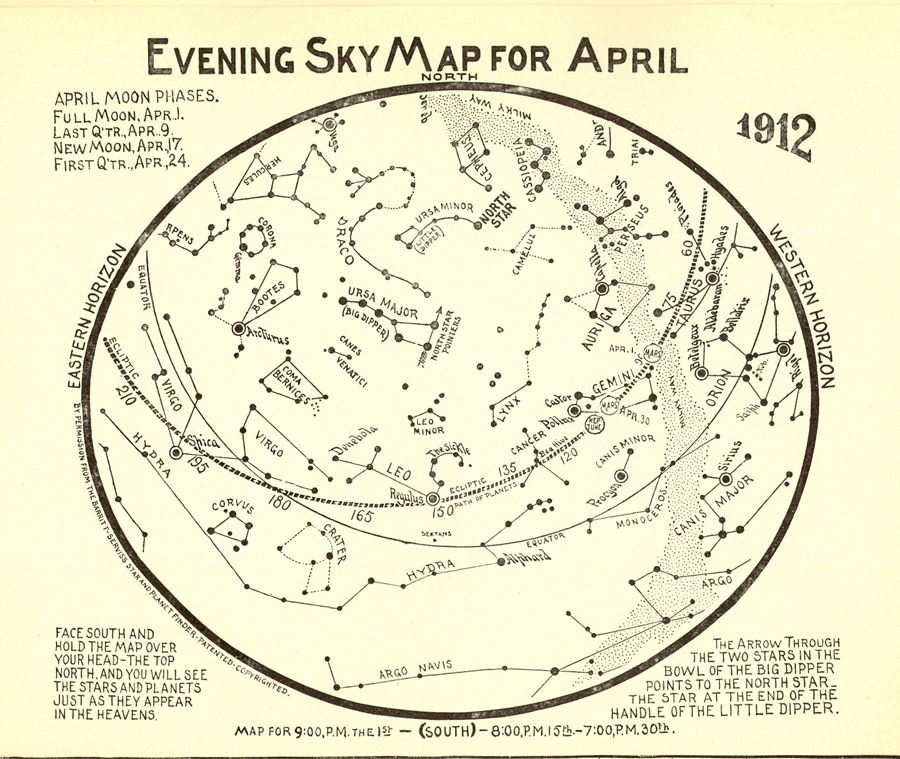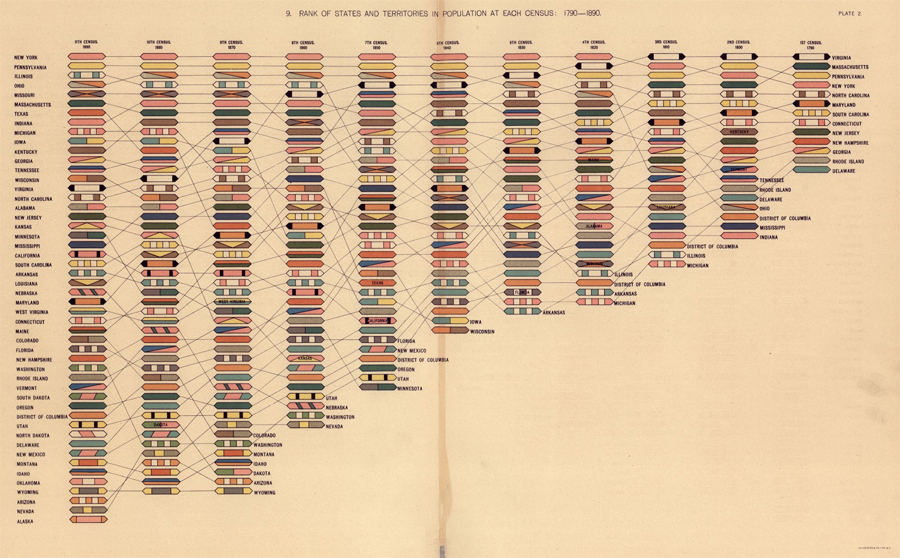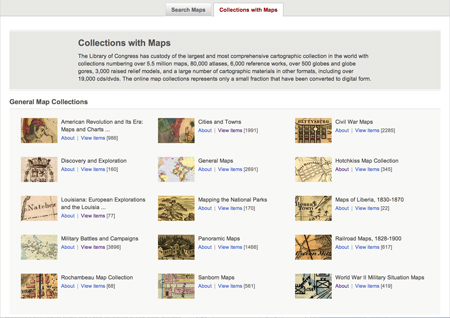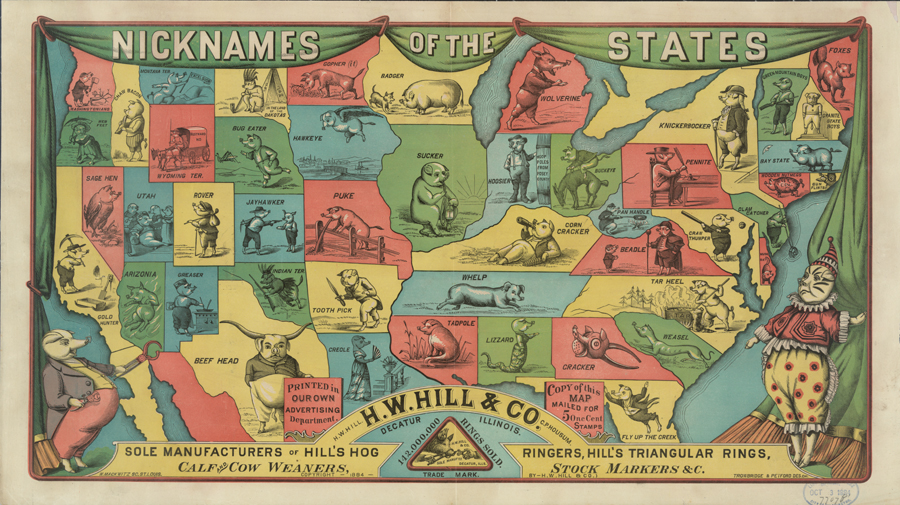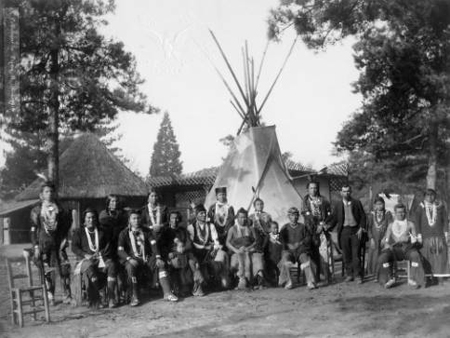Literature Links: And to Think That I Saw It on Mulberry Street
Theodor Geisel—a.k.a. Dr. Seuss—was born in 1904 in Springfield, Massachusetts. And to Think That I Saw It on Mulberry Street was the first of many children’s books that he wrote and illustrated. Geisel supposedly received 27 rejections before the book was published by Vanguard Press in 1937 thanks, as the story goes, to a chance run-in with and…

